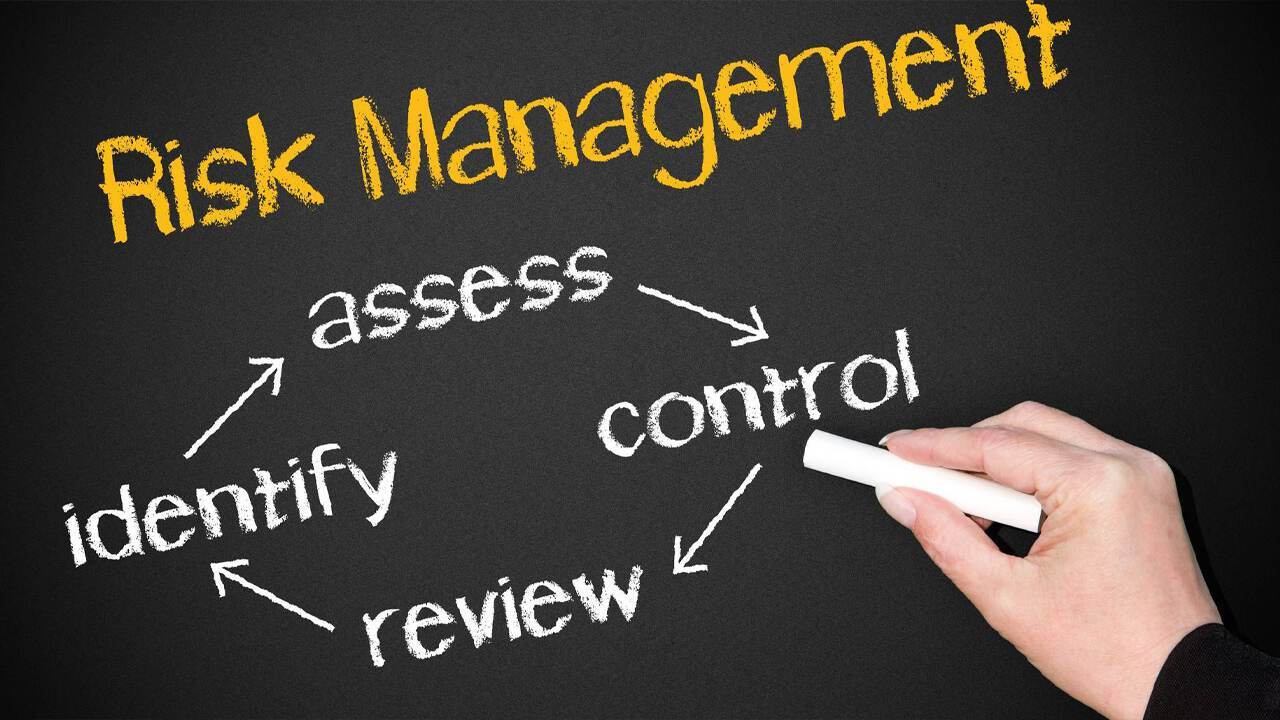
What Is Risk Management?
Risk management is the process of recognising, assessing, and controlling possible hazards to the business, helping you maintain a business-acceptable tolerance level. An insurance company’s effective risk management will assist you in identifying potential dangers to your organization and providing appropriate instructions for dealing with them. Effective risk management by an insurance firm will help you recognize the possible risks to your organization and provide proper guidelines for dealing with them.

What Is the Role of Insurance in Risk Management?
Insurance is a crucial component of a risk management system because of its priceless benefits. It protects against several financial losses such as theft, natural disasters, or accidents, which can have a negative influence on a business. It is an important component in minimising financial losses due to such hazards.

Importance of Risk Management Process
- The risk management process gives a business the resources it needs to recognize and control potential threats, minimising negative impacts on the business.
- Risk management provides a company with a framework to improve its decision-making.
- Risk identification and management prepare a business for situations that restrict development and growth.
- It increases the company’s chances of success by evaluating its approach to handling potential obstacles and developing mechanisms to address them.
- Risk management guarantees prompt attention to urgent situations.

Risk Management Process
Here are the steps of a risk management process:
Determine the Risk
Determining the risks to which the organization is subjected amid its work atmosphere is the first step in the risk handling process.
Risks come in a wide variety of forms:
- Market risks
- Regulatory risks
- Environmental dangers
- Legal hazards, etc
These risks are manually documented using a manual setup. The information is entered immediately into the system if the organization uses a risk management solution.
The benefit of this technique is that these risks are visible to any organization having access to the risk management system.
Analyse the Risk
After identifying the risk, determine the risk’s extent. The number of business operations affected by these risks determines the risk severity. It is crucial to understand to the relationship between other organizational factors and risk.
A manual risk management system necessitates performing such analysis by hand. It involves mapping risks to different business processes, rules, procedures, and documents, one of a risk management solution’s most important initial phase. However, with a mapped risk management framework, the system will evaluate the risk and notify you before it worsens.
Risk Assessment
Depending on the risk’s intensity, most risk management solutions have multiple types of risks. Dangers that may cause minor problems are placed lower than dangers that may cause severe loss. The ranking is crucial because it gives the organization a comprehensive understanding of its overall exposure to risk.
There are generally two types of risk assessments:
Quantitative Risk Assessment
Quantitative risk assessments are primarily used in financial zones and involve assigning numerical terms to various risks, which can be in the form of interest rates, of metrics, or other data points. Quantitative risk evaluations are generally more objective and simpler to automate than qualitative risk assessments.
Qualitative Risk Assessment
Most risks are not measurable; hence risk evaluations are necessarily qualitative. For instance, the climate change risk, which is the subject of much economic attention today, is not quantifiable.
Identify What Is Acceptable
The next step is to choose which risks are unacceptable. Risks that cannot be tolerated should be monitored and examined, while acceptable risks should be avoided, minimised, or shifted.
Shift the Risks
In this step, take action against the risks that cannot be avoided. These risks should either be diminished or shifted to a level of acceptable risk tolerance.
Review and Monitor
The last step is continuous monitoring, evaluating, and reporting risks to your organization. The risk management framework is not completed once risks have been identified, examined, and controlled. Your business will continue to face new risks, so setting up a risk management system is essential.
Resources for Risk Management
Thanks to the Internet, you can now have quick access to a wealth of knowledge on risk management, including safety procedures, loss-control techniques, compliance, and catastrophe planning and recovery. There are numerous generic checklists and recommendations accessible.
Check out the resources your insurance provider has to offer. Invite your insurance agent to visit your location so they may see how you currently manage hazards. They’ll be able to evaluate your performance and make recommendations.
Depending on the nature of your company, hiring a risk management expert might be a smart investment.
Takeaway
Risk management is crucial for any business because it alerts companies to vulnerabilities in their environment and enables them to reduce risks proactively. Without risk management, businesses would suffer significant losses. Therefore, find a reliable insurance company to provide risk handling services for your firm.





